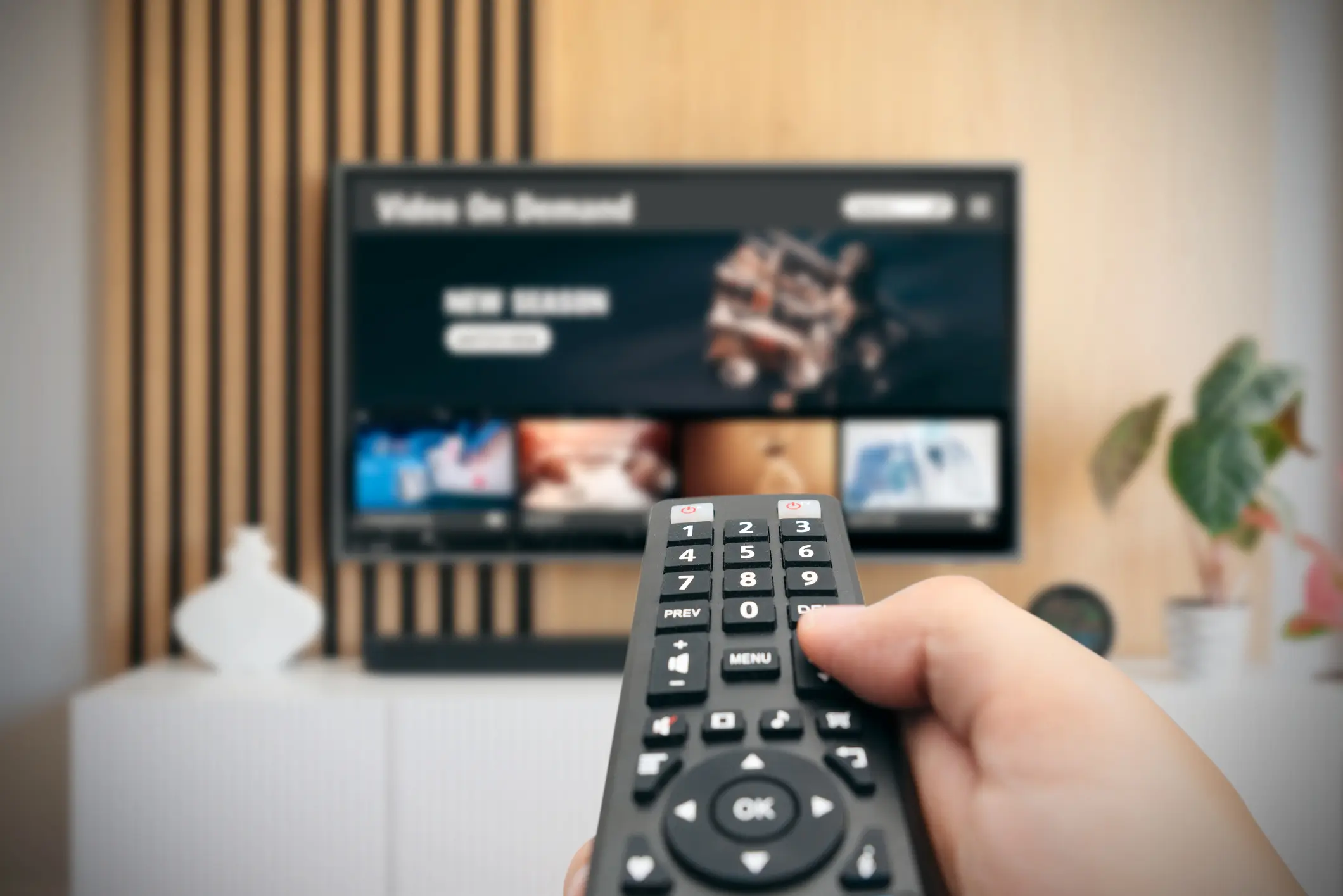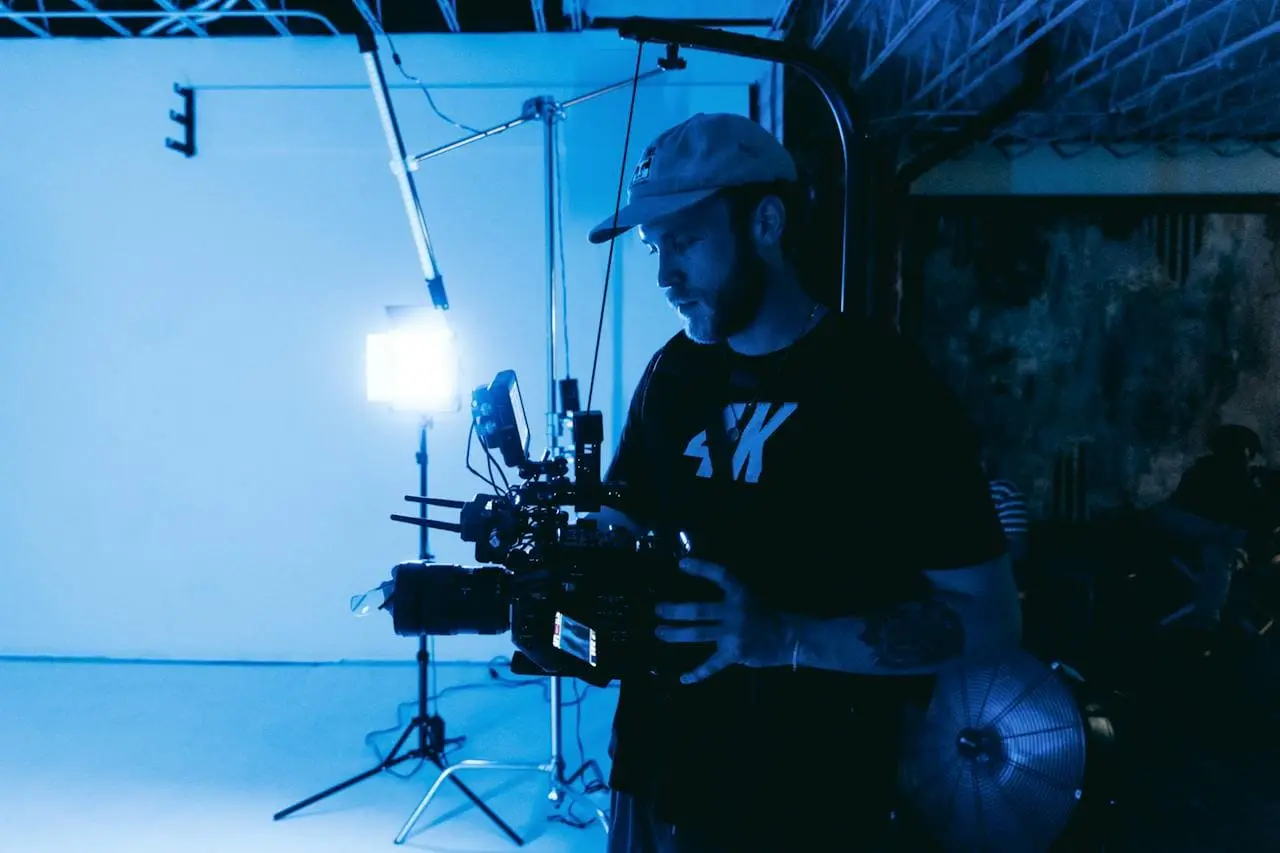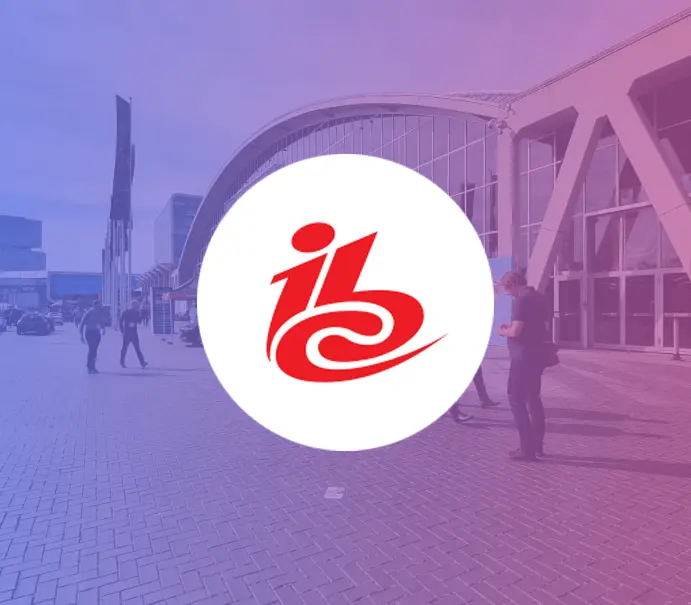The technologies, as they emerge, disrupt the existing industries. And Television industry is no exception. Young TV viewers in the age group 18-24 have cut down their traditional TV viewing time in recent years. It is quite obvious to think “What is driving them away from the TV”? The reason for this shift is – the emergence of several new superpowers on the digital scene such as OTT Platforms.Here we pick for discussion three new trends in television broadcasting which are poised to produce an impact that will captivate audiences like never before.
From cloud playout to cutting-edge audio and video advancements, and the power of personalized experiences, the future of content delivery is about to unfold in exciting and unexpected ways.

1. Ever evolving content delivery methods
In the dynamic world of media and entertainment, content is king, and efficient content delivery methods reign supreme.
As viewers demand instant access to their favorite shows and movies, the pace of delivery becomes paramount. Streaming platforms have put viewers in the driver’s seat, offering convenience and freedom to enjoy entertainment on the go.
This shift in consumer behavior has transformed the way we engage with content, prompting the need for strategic changes in content delivery methods. Exploring the evolving landscape of content delivery in the Media and Entertainment industry, delving into the determinants that lie ahead.
Audiences worldwide are changing, demanding new ways to consume content.
From cloud playout’s flexibility to connected TVs’ seamless integration, innovative delivery methods are rising to meet evolving preferences.Furthermore, the surge of FAST TV offers free, ad-supported channels, catering to budget-conscious viewers and fragmenting the broadcast landscape
1.1 Cloud Playout
The employment of cloud technology to deliver video content, has turned out to be a game changer for the broadcast industry. Cloud playout ensures flexibility, scalability, and reliability through customizable workflows, dynamic resource allocation, and redundant infrastructure for uninterrupted content delivery across platforms.
Video content is stored on the cloud and streamed over the internet, eliminating the need for dedicated hardware. That implies cost reduction and easy content management. As a content provider or broadcaster, you can quickly launch new channels, adapt existing ones, and react to market conditions.
1.2 Connected TV
We are witnessing the rise of Connected TV (CTV), powered by the revolutionary capabilities of 5G technology. With 5G at the forefront, a new era of entertainment has dawned, transforming the way the users consume content. Internet-connected televisions and streaming devices seamlessly converge, granting users unprecedented control over their viewing preferences.
Now users can effortlessly switch between Smart TVs, smartphones, and tablets, immersing themselves in the captivating content you offer. This dynamic synergy between 5G and CTV allows for uninterrupted streaming, lightning-fast speeds, and a seamless viewing experience that adapts to their needs. The power is in your hands, thanks to the unstoppable combination of 5G and Connected TV.
Embrace the benefits of CTV—unleash a world of endless possibilities in content delivery. Join forces with a leading broadcast service provider and position yourself at the forefront of this digital revolution. The time is ripe to captivate audiences and unlock the immense potential of launching your own Connected TV (CTV) platform.
1.3 FAST TV
FAST TV (Free Ad-Supported Streaming TV), an application of new trends in television broadcasting, is a free streaming service that offers pre-programmed video channels accompanied by advertisements. It operates similar to traditional TV but over the internet. In FAST TV, viewers tune in at specific times to watch their desired shows or films punctuated by ad breaks, similar to traditional TV.
Crafting a successful FAST channel demands both content and expertise. First, curate engaging content and define your niche and monetization strategy. Next, leverage the experience of a leading broadcast service provider to navigate distribution, server-side ad insertion, and advertiser partnerships. Simply put, FAST TV combines traditional paid TV and streaming, offering viewers a diverse range of content for free.
It presents opportunities for content providers like you as well as advertisers to reach a large audience while delivering targeted ads based on viewer preferences.

2. Enhancements in Audio & Video Technologies
The second on our list of the 3 new trends in television broadcasting is the transformative audio and video technologies for real-time communication.
Integration of AI-powered enhancements has led to improved video quality, audio clarity, and user experience. Let’s explore three key advancements in audio and video technologies:
2.1 Dolby Vision
Dolby Vision is an advanced high dynamic range (HDR) technology that enhances the visual quality of content. With a wider color gamut, increased contrast, and improved highlights and shadows, Dolby Vision ensures vibrant and lifelike visuals, especially on compatible displays.
This technology brings greater depth, richness, and realism to the on-screen visuals, allowing viewers to experience movies, TV shows, and other content with enhanced visual fidelity.
2.2 Dolby Atmos
Dolby Atmos takes the audio experience to the next level by creating a three-dimensional sound environment by precisely positioning sound objects in a space.
This technology surpasses traditional surround sound, enabling sounds to move freely around and above the listener, creating an immersive audio experience.
2.3 4K Resolution
4K resolution, also known as Ultra HD (UHD), provides a higher pixel count than standard high-definition (HD) resolution. With 3840×2160 pixels, 4K content delivers sharper and more detailed images, enhancing the visual experience.
This technology brings greater clarity and realism to on-screen visuals. Which allows viewers to see fine textures, intricate details, and a greater level of depth. The 4K resolution enhances the visual engagement and brings viewers closer to the action.
3. Personalization
In our discussion, the third and final of the new trends in television broadcasting is Personalization. Today personalization reigns supreme in the Media and Entertainment (M&E) industry.
In an era overflowing with digital platforms and a vast array of content, users crave tailored experiences that cater to their unique preferences. This is where the dynamic duo of algorithms and artificial intelligence (AI) steps in.
As a content provider, you can delve into users’ preferences, habits, and consumption patterns, to captivate your audience, foster loyalty, and ensure customer satisfaction. Also, personalization boosts discovery, keeping users hooked & content-hungry.
Algorithms and AI have transformed the way we recommend content, offering highly personalized suggestions based on user behavior, demographics, and historical data. It’s like having a virtual assistant.
However, personalization goes beyond recommendations. It means speaking the language of your audience—both figuratively and literally. By understanding cultural factors, language preferences, and regional interests, content creators can deliver tailored experiences that strike a chord with specific audiences.
Let’s not forget the immense power of personalized advertising. Advertisers now have the ability to target their messages to specific audiences based on demographics, browsing history, and individual preferences. This means users receive ads that genuinely interest them, leading to a more enjoyable and relevant advertising experience.
As content delivery methods continue to evolve, embracing personalization becomes paramount in creating immersive experiences. The future of TV isn’t about dramatic upheaval. It’s about personal connection. Imagine a world where viewers instantly connect with programming tailored to their unique interests.

As the media and entertainment industry continues to evolve, content delivery methods must adapt to meet changing audience needs.
Factors such as cloud playout, Connected TV, advancements in audio and video technologies, and personalization are shaping the future of content delivery. By understanding and harnessing these determinants, content creators, distributors, and advertisers can deliver immersive and engaging experiences to audiences worldwide.



